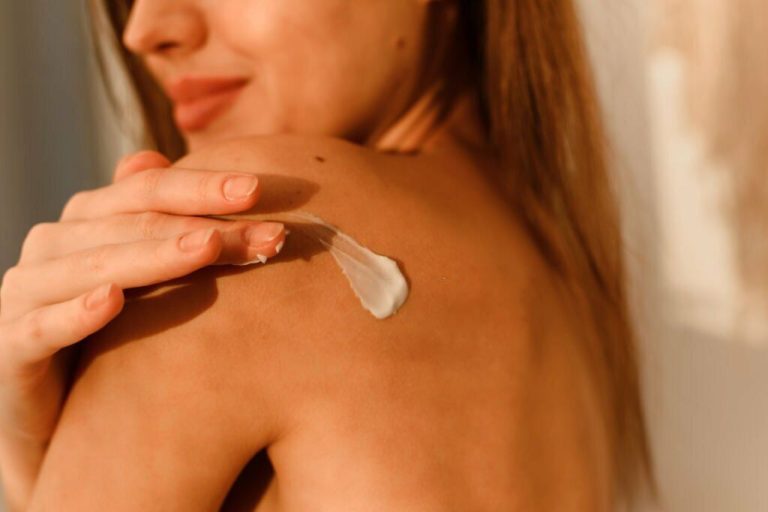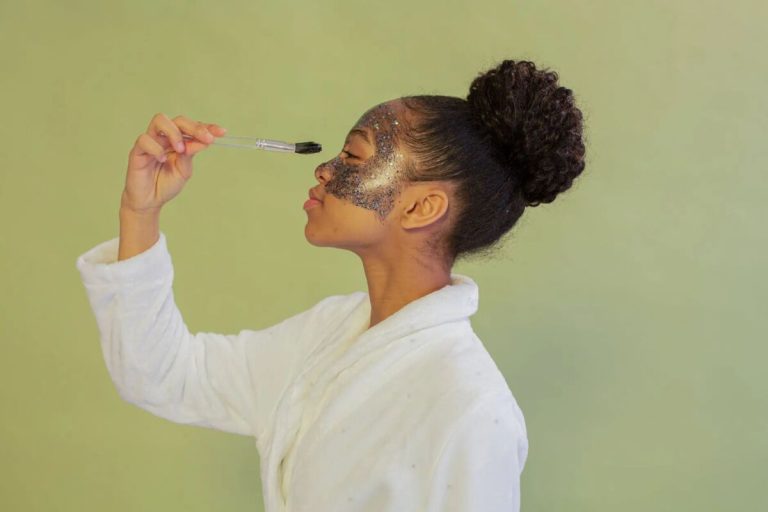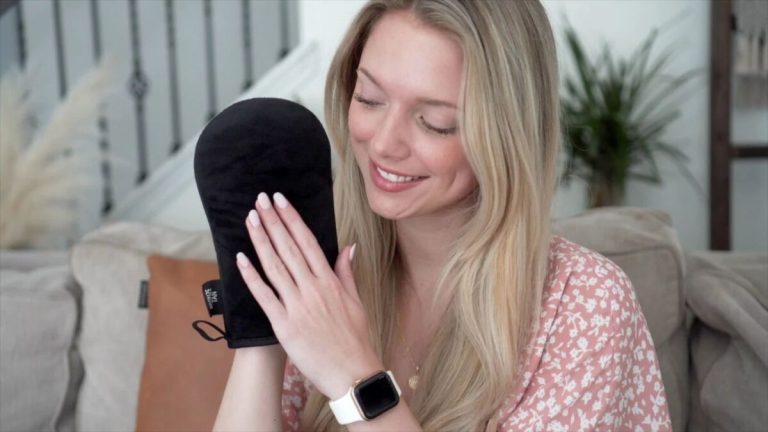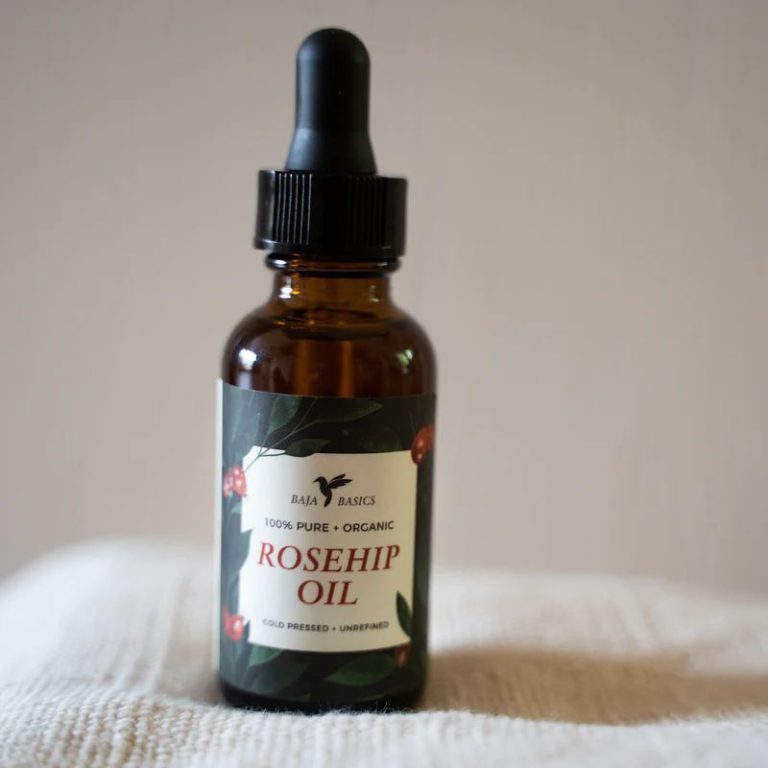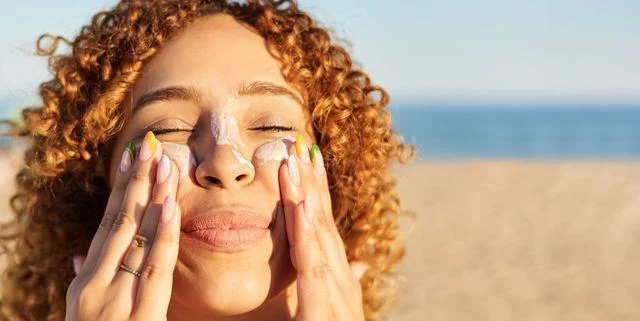Do You Really Get Vitamin D From A Tanning Bed?
As winter approaches, many of us are thinking about how to make sure we get enough vitamin D. Vitamin D is crucial for bone health and immune function. Our bodies make this important vitamin when our skin is exposed to UVB rays from sunlight. But in the winter months or in climates with less sun exposure, some people become deficient in vitamin D.
This leads many to ask: can tanning beds provide the vitamin D our bodies need?
The Alluring Claims of Tanning Salons
Contents
Walk into any tanning salon, especially in the winter, and you’ll likely see signs and ads promoting tanning as a source of vitamin D. Tanning salons often claim their beds are a good source of vitamin D. The pitch usually goes something like this:
“Get your vitamin D the safe way – without worrying about burning or wrinkling! Our beds give you just enough UVB rays to help your body produce vitamin D and give you a golden glow.”
The implication is that their beds provide vitamin D benefits without the usual risks of too much UV radiation. For many people, especially in northern climates deficient in sunlight, this makes tanning beds very appealing. It seems like you can safely get your required vitamin D while also getting a “healthy” tan.
But is laying in a tanning bed truly a good way to meet your vitamin D needs? Let’s shine some light on the reality behind these claims.
Tanning Beds Do NOT Emit Much UVB
While the marketing makes it sound like tanning beds provide helpful UVB rays, the reality is quite different. Research shows that most tanning beds emit predominantly UVA rays, with very little UVB.
Here’s why that matters:
- UVB rays specifically are what trigger vitamin D production in the skin. UVA rays provide no vitamin D benefit.
- Even “high UVB” tanning beds only emit 2-4% UVB rays. The rest is UVA.
- This very low percentage of UVB is far too low to generate adequate vitamin D levels, according to researchers.
- To get meaningful amounts of vitamin D from UVB rays, you’d likely need longer exposures to UVB than is found in a typical tanning session.
The bottom line: while getting some UVB rays from a tanning bed is better than none, the amount is negligible and not enough to rely on for your required vitamin D. The risks of UVA exposure in tanning beds unfortunately far outweigh their limited vitamin benefits.
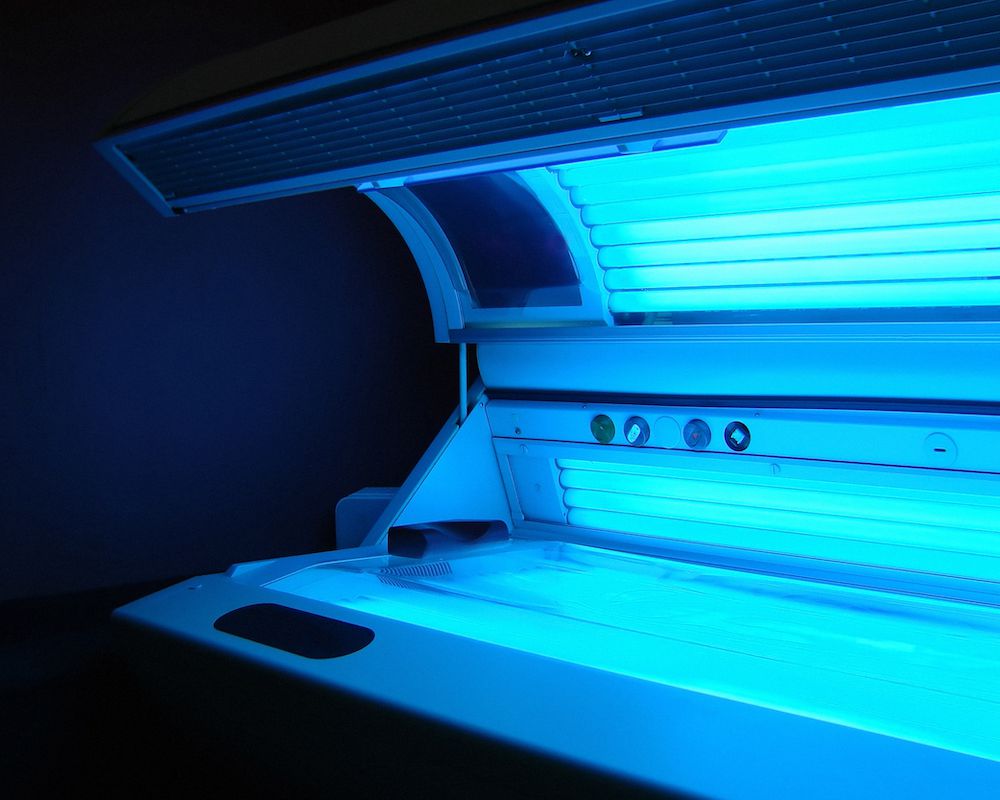
Higher Risk of Skin Cancer With Tanning Beds
We all know UV radiation from the sun causes skin cancer. But many people wrongly believe tanning beds are a safer way to tan. Here’s what the research shows about tanning bed risks:
- While tanning beds mainly emit UVA rays, UVA rays do just as much damage to skin over time as UVB rays. They prematurely age your skin and increase skin cancer risk.
- Many studies have found those who frequently use tanning beds are dramatically more likely to develop melanoma skin cancer, even if they don’t burn.
- This higher melanoma risk holds true even for people who started tanning before age 35.
- Frequent tanners can also become addicted toUV rays, making it hard to limit tanning bed use. Tanning addiction is a real concern.
With skin cancer rates already on the rise in many countries, health organizations strongly advise avoiding tanning beds altogether. A “safe” tan simply doesn’t exist.
Healthy Alternatives to Get Your Vitamin D
Now that we know tanning beds are not a reliable way to meet vitamin D needs, what are some healthy alternatives? Here are effective options:
- Get brief sun exposure during peak UVB hours around midday, being careful not to burn. About 10-15 minutes twice a week should be sufficient.
- Eat oily fish like salmon and tuna, which provide vitamin D.
- Look for vitamin D-fortified foods like milk, cereal, orange juice.
- Take vitamin D supplements of 600-800 IU per day. More may be needed at higher latitudes or during winter.
Getting vitamin D from your diet and responsible sun exposure are preferred over supplements. But for those at high risk of deficiency, supplements can provide what tanning beds promise but fail to deliver.
Key Takeaways: Get Vitamin D Safely
To summarize the key points:
- Tanning beds sound appealing but do not provide enough UVB exposure to generate adequate vitamin D, despite marketing claims.
- With only 2-4% UVB rays, the risks of UVA exposure in tanning beds outweigh their very limited vitamin D benefits.
- UVA rays prematurely age skin and raise skin cancer risk, especially with frequent tanning bed use.
- Instead of tanning, get vitamin D safely from brief midday sun, fatty fish, fortified foods and supplements as needed.
Don’t put your health at risk chasing vitamin D in a tanning bed. Understand the realities around UV radiation, and get the vitamin D you need through safer, more reliable sources. Your bones and immune system will thank you!

Founded by Sophia Rodriguez, IGXO Cosmetics is a PETA-certified, cruelty-free, and vegan makeup brand.
